Uncategorised
- Details
- Written by pugmarks
- Category: Uncategorised
- Hits: 3451
2012

SES Explorer, AUGUSTA THOMPSON led a team to Mount Kailash in Tibet, carrying out a study of the role that material culture plays in connecting different cultures, races and religions to build a symbolic community and serve as a peace-making tool. The data, and a documentary filmed during the expedition will be used to raise awareness of, and to record the unique culture and its heritage of the Indo-Tibetan region. Augusta has presented her expedition experiences and findings in the USA and in the UK.
- Details
- Written by pugmarks
- Category: Uncategorised
- Hits: 3525
2013
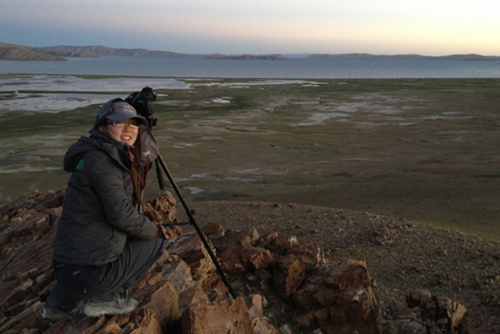
SES Explorer, XINYANG HONG led an expedition to Selin Cuo, a 4,500m plateau in Tibet. Studies included monitoring how the endangered black-necked crane and other wildlife within the region are responding to increasing levels of industrial disturbance to the wetland habitat. Xinyang is now finalising the trailer for a planned documentary to raise awareness of the issues, to be screened within Tibet, wider and at various conservation and documentary festivals and events.

SES Explorer, RACHEL BLOW led a team to study 5 species of lemur and their habitat in Tampolo Forest, Madagascar and also undertake a sociological study of villagers to assess how they are adapting to increased exploitation of these areas. Preliminary findings were presented to local bodies and to the University of Antananarivo (students participated in the studies), and a full report will be circulated to relevant bodies. Rachel now hopes to start a PhD in conservation and ecology, whilst continuing her work as a STEM ambassador promoting global conservation in schools.
- Details
- Written by pugmarks
- Category: Uncategorised
- Hits: 4147
2015
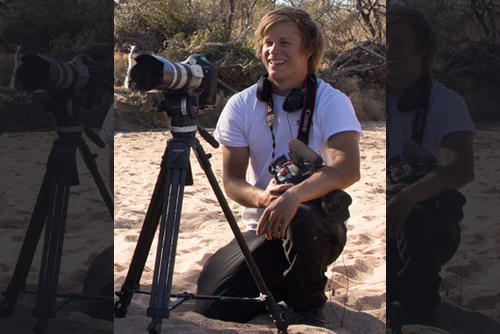
Zenith Explorer - BERTIE GREGORY a Freelance wildlife photographer and film maker, Bertie headed to the West Coast of Vancouver Island in August 2015 to track down and film a pack of wild coastal wolves for 3 months during the breeding season. The wolves have never before been followed in such close proximity or for such a prolonged time, therefore he hopes to reveal their unique life story, and share his findings through a documentary and multimedia outlets.

Neville Shulman Explorer - GIULIA GRIMALDI with Russian team-mate Barbora Vigorska headed to the remote and little studied Commander Islands off the Far Eastern coast of Russia. Passionate conservationists and divers, they carried out marine surveys contributing to the Institute of Marine Biology at the Russian Academy of Sciences research into the state of the ecosystems, and to the ASC Marine Microplastics Project. They will produce a film focussing on the impact of human activity in remote areas, thus highlighting the importance of natural heritage of remote locations and the exploration thereof.
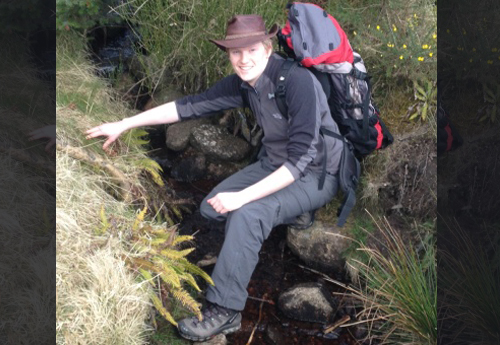
Rivers Foundation Explorer - JOHN MITCHELL and colleagues from Aberdeen University headed to Guyana to study the effects of westernisation on the indigenous Amerindian population. Many studies have shown an increased risk of non-communicable disease within indigenous communities who are exposed to a western diet and lifestyle, so the aim is to see if this trend can be seen in Guyana. Two study groups were set up, one in urban locations where westernisation will have impacted, one in the interior where it has not. Physiological health risk factors, local attitudes to health care and body image perceptions in women will be assessed.
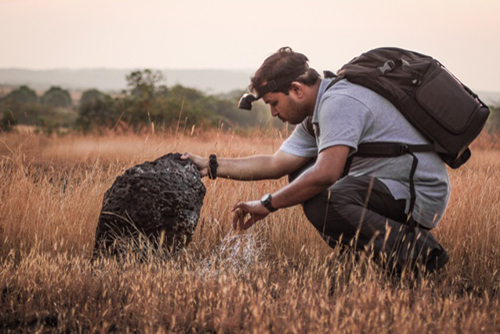
SES Inspiration Explorer - UNMESH KATWATE is a fish biologist based at the Bombay Natural History Society and has already discovered 2 new species of fish during his short career. In 2015, he headed up to the un-explored freshwater ecosystems of the rainforests of the Great Nicobar Archipelago in the Andaman Sea where he generated the first island fish diversity record, and by including indigenous tribal communities, hopes to develop stewardship and future conservation of species found.
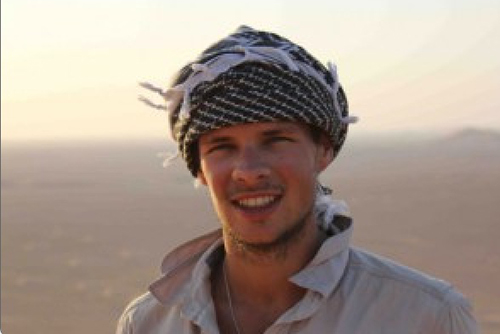
Cadogan Tate Explorer - JAMES BORRELL is a passionate conservation biologist who began his expedition career at the age of 17, he led an expedition to the mountainous Avatra Dilana Marolambo region of Madagascar to study habitat fragmentation particularly the ‘forest edge’ habitat to assess the minimum fragment size which can support a healthy species, and provide research to assist conservation practitioners manage and prioritise the surviving rainforest in Madagascar.
- Details
- Written by pugmarks
- Category: Uncategorised
- Hits: 4160
2014
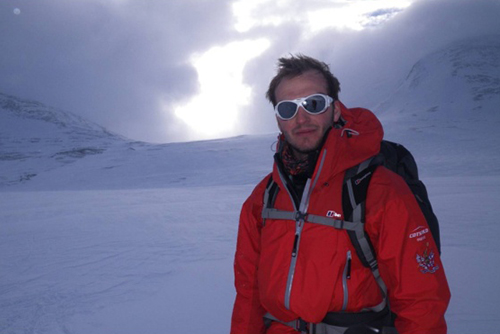
SES Zenith Explorer - EDWARD COOPER led the Haig-Thomas Expedition to the Arctic in early 2015. Re-tracing the 1942 expedition by David Haig-Thomas, Ed and colleague Alec Greenwell (great nephew of David H-T) carried out a comparative study of sustainable hunting practices in the Qaanaaq region, contributing to a University of Copenhagen ongoing ecological research project, before setting out on an unsupported 240m trek to Haig-Thomas Island. The expedition was widely covered by The Telegraph.
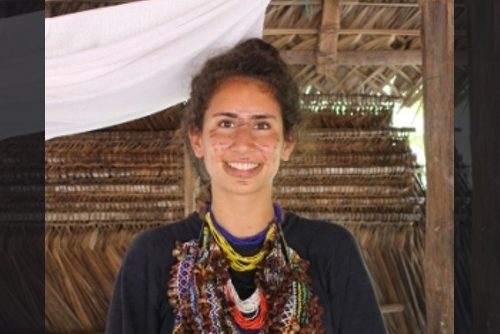
Rivers Foundation Explorer Award for Health & Humanities - ALEJANDRA BUSSALLEU CAVERO led a small team to the Shawi tribe of North Eastern Peru, to establish two communal medicinal plant gardens. Wary of western medicines, and where both the knowledge about and existence of plants used in traditional medicines is decreasing, the aim of the expedition was to identify the plants used, document their medicinal properties, and establish gardens providing an ongoing and readily available fresh source of plants for future generations.

Cadogan Tate Explorer - MATTHEW JASINSKI led an expedition to the Mesomamerican Reef off Belize. Having spent some time in Belize, establishing a marine research centre, Matthew’s passion for reef conservation led to another visit to the region in 2014, this time to measure bio-diversity by mapping the species diversity across specific areas. The data provides the Marine Protected Area management to better account of the ecological roles played by coral reef species, thus the environmental social and economic benefit of marine resources.

Cadogan Tate Explorer - OLIVIA TAYLOR led the 2014 Cambridge Zanskar Expedition to Ladakh in the Indian Himalayas. The aim of the expedition was to study migration as a response to climate change (specifically acute water shortage) in a small village, living and working with the community to gain unique understanding of their way of life. The team then trekked out of the region via the rarely frequented Tsarab valley route.

Rowan Bentall Charitable Trust Explorer Award - JAMIE FORSYTH. In response to increasingly changing climate and rainfall patterns in Nepal, where short lived, intense rainy seasons have become the norm, Jamie worked with a small team based at Kathmandu University to set up measures of surface run-off in 3 different land-use areas. The results will be analysed over two monsoon seasons, and then used to run river flow models to predict water resource and flood risks.

SES Explorer - RYAN BURKE has led a 2-year study to establish the impact that the Gelada Monkey makes in the Ethiopian Highlands, whether they are a keystone species in the ecosystem, the results will be crucial for and updated conservation assessment of the species and provide ecological information for development of conservation and restoration strategies in this increasingly degraded region.
- Details
- Written by pugmarks
- Category: Uncategorised
- Hits: 4179
2016
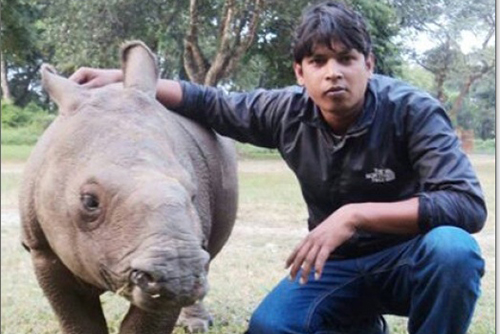
SES Inspirational Explorer - ROSHAN KUMAR THAKUR is a Research Officer working at HEMS Nepal in Kathmandu. He is a passionate advocate of conservation, particularly of the elephant population of Nepal. Building on a project he began in 2015, Roshan is leading a team of biologists and species experts to the Nijgadh region of Nepal, a remote and little studied region through which elephants migrate seasonally. The expedition team will travel 400km along these elephant corridors, educating villagers along the way about the seasonal behaviour of the elephants aimed at reducing Human Elephant conflict. Villagers and village leaders will be encouraged to commit to a pledge for formal identification of, and protection of these areas. Roshan will be joined by species experts who will collate a record of species discovered along the route with a view to presenting the expedition findings to the relevant NGO’s and stakeholders in a bid to seek protection for the region and its wildlife.
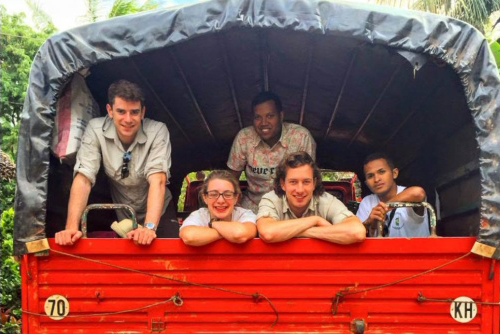
Rivers Foundation Explorer - STEPHEN SPENCER began in 2013 researching a study into the prevalence of Schistosomiasis, a tropical disease second only to Malaria in the world. He set up MADEX (Madagascar Medical Expeditions) in 2013, and through collaboration with the Durrell Wildlife Conservation Trust, he identified Marolambo as the perfect, remote location. Following a recce to this region last year, Stephen will this year lead a team of medical students from Manchester and Antananarivo universities and the Madagascar Ministry of Public Health, to study and record clinical and cultural evidence of the disease, treat children affected, and initiate an educational programme to assist management. This expedition has all been planned during Stephen’s spare time as a medical student and work as a Junior Doctor. He was medical officer/expedition leader for six remote university expeditions and he founded the Manchester University Expedition Society. His long-term desire is for a career in tropical medicine.
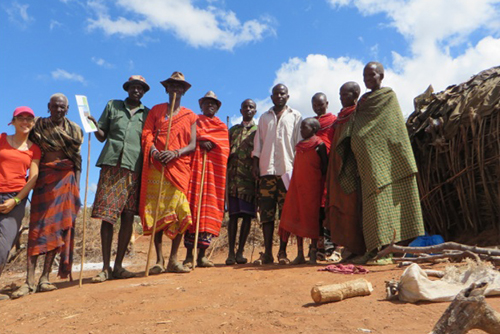
Neville Shulman Explorer - AIDA CUNI-SANCHEZ is a tropical ecologist working at the interface between natural and social sciences. She has been doing research in more than ten countries in Africa working for several institutions such as RSPB, University of York, University College London and University of Copenhagen, where she is based now. In July, Aida and her team, which includes Kenyan University lecturers, students, technicians and film maker Xavi de Diego will travel to the remote forest islands of northern Kenya desert, to collect plant, water and climatic data. This key data will help finalise her research project focused on the improved conservation of these fragile ecosystems. The team will film this incredible journey, so that more people know about these beautiful ecosystems, and the amazing communities that live there. For a glimpse, see https://vimeo.com/150996468.
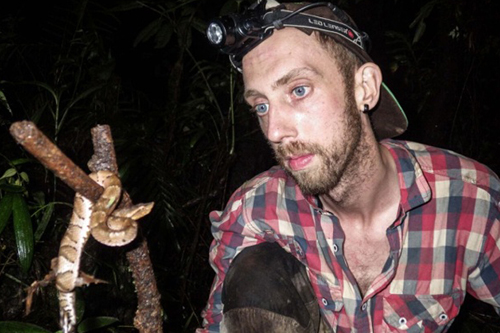
Cadogan Tate Explorer - ANDREW WHITWORTH is a biodiversity and conservation scientist who specialises in the tropical forests of South America. He will lead a team of Peruvian biologists and guides to set up 24 camera traps in the Cerros del Sira communal reserve in central Peru. The reserve consists of an isolated chain of foothills, separated from the Andean mountains by lowland tropical forest. Its flora and fauna is both unique and under-threat from local hunting and deforestation. The expeditions, to set-up and take-down the cameras, will allow the team to gather much needed information about rare animals, such as the Spectacled Bear, the critically endangered Sira Curassow and aid in the discovery of previously unknown species of amphibians and reptiles to science.
Page 4 of 5
